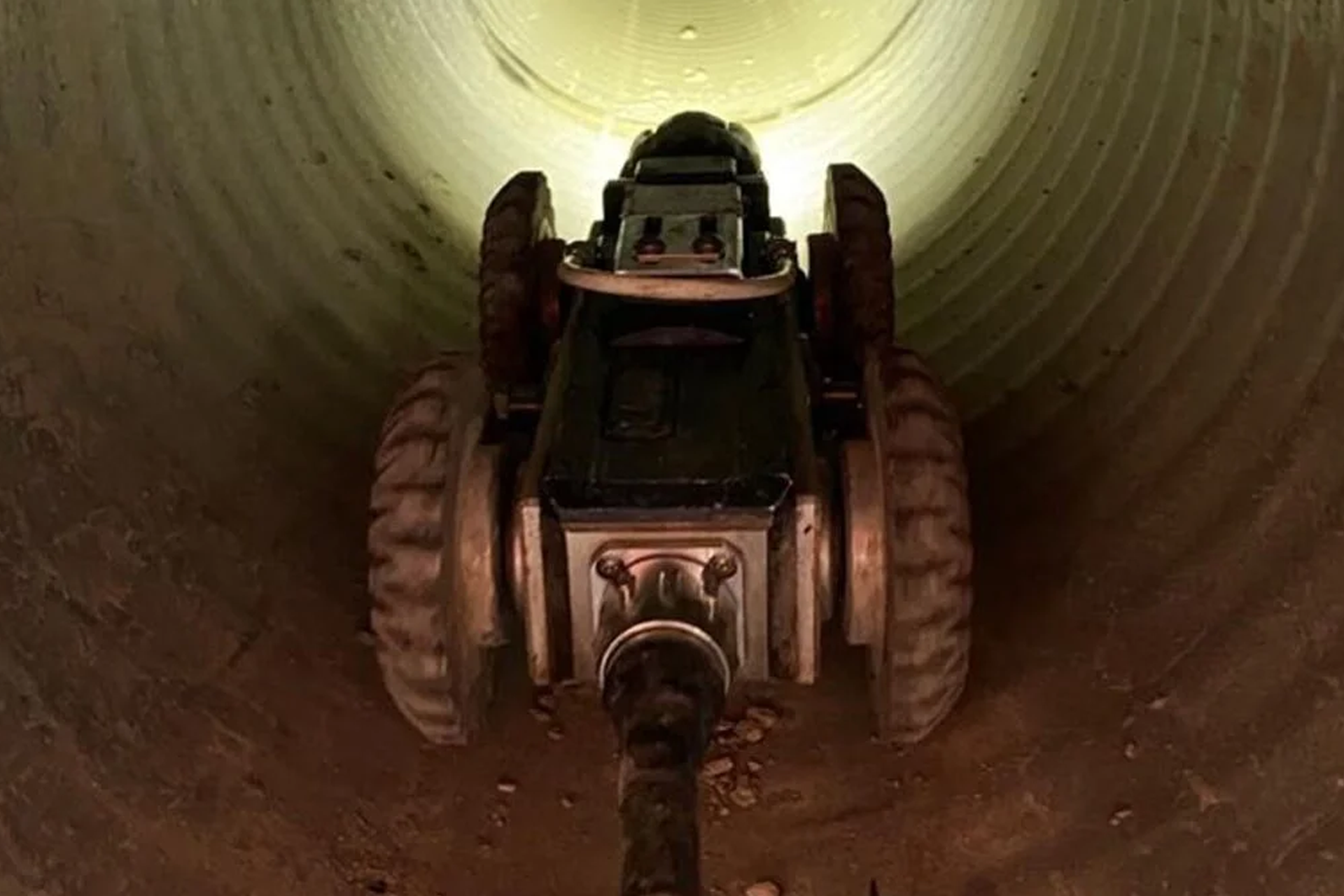The Best Guide To Reclaim Waste
The Best Guide To Reclaim Waste
Blog Article
6 Simple Techniques For Reclaim Waste
Table of ContentsThe Only Guide to Reclaim WasteThe 25-Second Trick For Reclaim WasteExamine This Report on Reclaim WasteGetting The Reclaim Waste To WorkSome Ideas on Reclaim Waste You Need To Know
Residential sewage waste refers to the waste and items from a domestic septic container. The appropriate management and disposal of residential sewer waste need fluid waste to be transferred to a sewer therapy plant where the appropriate approaches and equipment are used to purify and dispose of waste.
Business waste frequently consists of potential dangers, such as combustible materials or a combination of liquid and solid waste products, and calls for a more sophisticated and detailed disposal process. The disposal of industrial waste typically entails the filtering of waste prior to transportation to make sure safe and appropriate disposal. Hazardous waste is developed from results and drainage of commercial procedures and production.
This type of waste can not make use of the very same sewage administration transport or procedures as septic or commercial liquids. The industrial waste management procedure needs the examination and testing of fluid waste prior to it undertakes the disposal procedure (liquid waste disposal). Drainage waste is the fluid waste that originates from drainage and excess stormwater in very inhabited locations or cities
Runoff waste can cause contamination and flooding if not dealt with effectively. Making certain appropriate waste management can protect against disasters and decrease environmental harm.
The Main Principles Of Reclaim Waste
Get in touch with PROS Services today to discover our waste monitoring and disposal solutions and the proper means to care for the liquid waste you create.
(https://ameblo.jp/reclaimwaste1/entry-12874802223.html)This supposed 'wastewater' is not only a vital resource yet, after treatment, will be launched to our land, waterways or the sea. Utilized water from bathrooms, showers, bathrooms, kitchen sinks, laundries and commercial processes is recognized as wastewater.

water utilized to cool down machinery or tidy plant and equipment). Stormwater, a form of wastewater, is drainage that flows from farming and urban areas such as roof coverings, parks, gardens, roadways, paths and gutters into stormwater drains pipes, after rain. Stormwater streams untreated directly to regional creeks or rivers, at some point reaching the sea.
Reclaim Waste Things To Know Before You Get This
In Queensland, a lot of wastewater is treated at sewage therapy plants. Wastewater is carried from domestic or commercial websites via a system of sewage systems and pump terminals, referred to as sewerage reticulation, to a sewage treatment plant. City governments construct, keep and run most sewage treatment plants. Operators are licensed under the Environmental Protection Act 1994 to discharge treated wastewater at an appropriate environmental requirement right into waterways.
The Department of Natural Resources encourages neighborhood federal governments concerning handling, operating and keeping sewage systems and treatment plants. In unsewered areas, city governments might need homeowners to set up individual or household sewage therapy systems to deal with domestic wastewater from bathrooms, kitchen areas, restrooms and washings. The Division of Natural Resources authorizes the use of home systems when they are verified to be reliable.
In some brand-new communities, therapy of some stormwater to eliminate clutter, sand and gravel has started utilizing gross toxin catches. Wastewater treatment takes place in four phases: Eliminates solid matter.
Wastewater after that flows right into large tanks where solids clear up and are removed as sludge. Oil and residue are skimmed from the surface area. Uses small living organisms referred to as micro-organisms to damage down and remove remaining liquified wastes and great particles. Micro-organisms and wastes are incorporated in the sludge. Eliminates nitrogen and phosphorus nutrients that can cause algal blossoms in our waterways and intimidate aquatic life.
Reclaim Waste for Dummies
Nutrient removal is not readily available in all sewer therapy plants because it needs expensive specialist equipment. It is becoming a lot more usual in Queensland. Clear liquid effluent created after therapy may still have disease-causing micro-organisms. If this effluent is released right into rivers such as rivers or the sea, the micro-organisms will ultimately die out.

This normally indicates wastewater has actually to be dealt with or pollutants removed prior to it can be released to waterways. Many wastewater flows right into the sewage system. Under the Act, regional federal governments administer authorizations and licences for environmentally pertinent tasks (Ages) involving wastewater launches that may have a local impact. The division administers authorizations and licences to ERAs including wastewater releases that could have a local or statewide impact.
The Ultimate Guide To Reclaim Waste
Otherwise, samples are considered lab evaluation. Frequently lots of tests are required to develop the levels of each of the different toxins such as oils, hefty metals and pesticides in water. Monitoring provides factual details about water high quality and can validate that permit problems are being fulfilled. The information acquired through tracking provides the basis for making water high quality choices.
Report this page